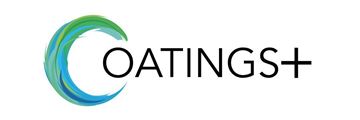Search
09009 Heavy Duty Glass flake Coatings for Arduous Anti-Corrosion Service
Also Purchased
51312-01476-Engineering Practice in Preventing Glass Flake Vinylester Lining Failure
Product Number:
51312-01476-SG
ISBN:
01476 2012 CP
Publication Date:
2012
$20.00
09184 Cavitation Erosion Behavior of Epoxy-, Vinyl ester-, and Phenolic-based Fiber Glass Composites in Sea Water
Product Number:
51300-09184-SG
ISBN:
09184 2009 CP
Publication Date:
2009
$20.00
Glass Flake Reinforced Epoxy vs. Fiber Filled Epoxy — A Comparison of Design, Performance & Benefits
Product Number:
51220-304-SG
Publication Date:
2020
$20.00




